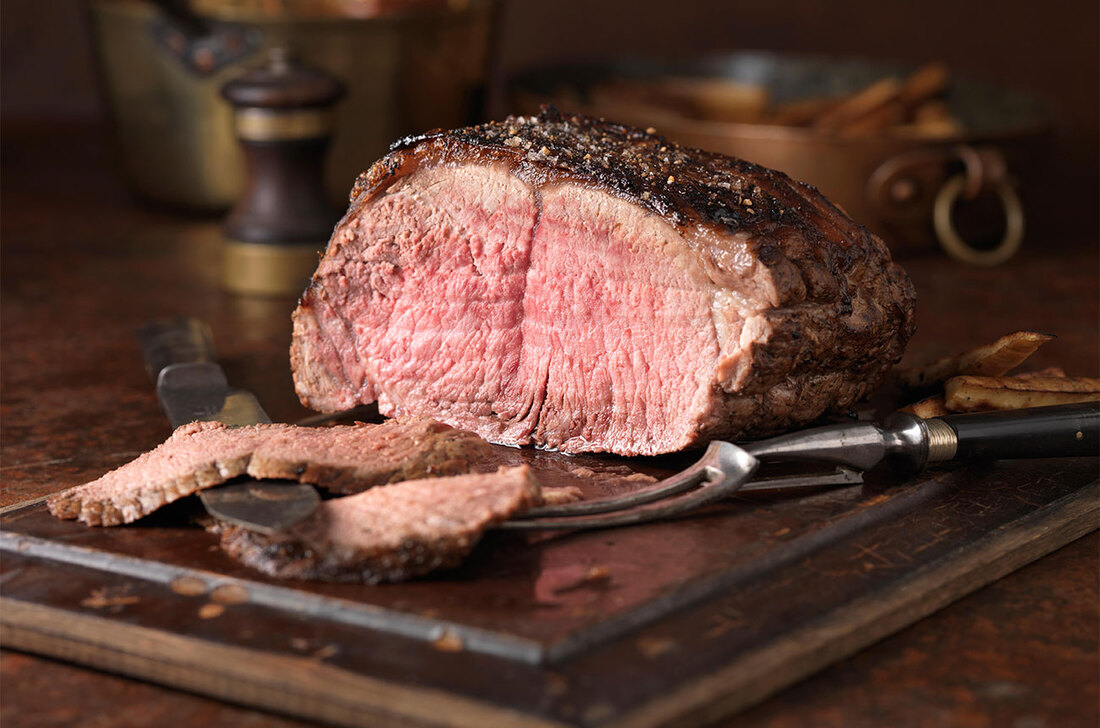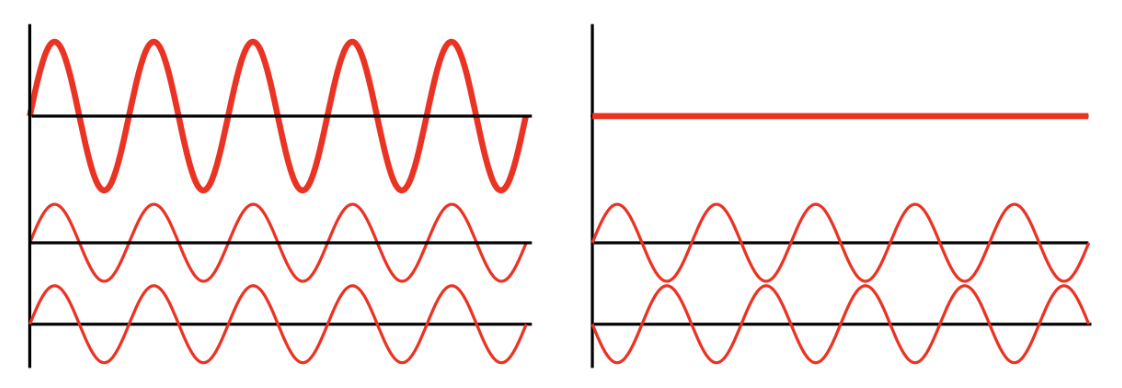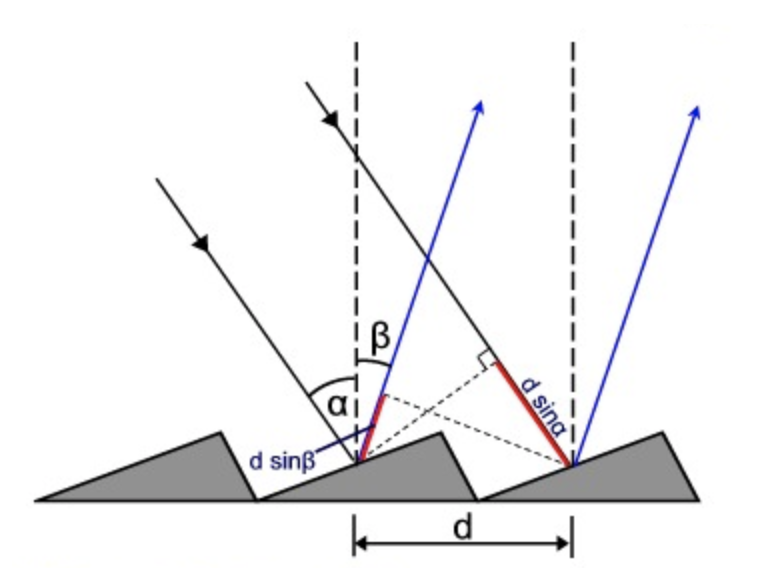|
By Boyuan Chen One of the more confusing sights on a dinner table is the mysterious streaks of green on fresh slices of beef. It appears as if the beef has gone bad — and, alas, there goes your appetite. But sometimes, when you take a closer look, you might just behold the entire spectrum of a rainbow glittering on the surface, defying your basic intuition of what beef should look like—brown and boring, but delicious. As you gobble up that dangerously vibrant slice of meat (or scrape it into the trash), you may wonder: why was that beef shiny? To understand the deviating color of the beef, let us first delve deeper into the physics behind our color perception. Most lights sources in our daily life—including sunlight, as well as incandescent and fluorescent lights—are mixtures of different colored lights, which are all electromagnetic waves of specific wavelengths. When such mixed lights hit an object, molecules on the object’s surface absorb certain wavelengths while reflecting other wavelengths back. These reflected wavelengths can travel into our pupils, through our eyeballs, and ultimately land on our retina, stimulating the cone cells responsible for color vision. In the case of cooked beef, the molecular structure of its proteins absorbs the entire visible spectrum except for a specific combination of red, blue and yellow lights, which when mixed together gives off the textured brown that we see. While molecular properties define most absorptions and reflections of light—and in turn, color—the structure or the shape of the object can also play a significant role. Due to the wave-like nature of light, when two identical beams travel side by side, they may augment (constructively interfere with) or cancel (destructively interfere with) each other, as illustrated in Fig. 1. And, as we can see from Fig. 1, whether constructive or destructive interference occurs is determined by the starting points of the light waves. Namely, if the starting points are offset by half a wavelength (i.e. half the distance between one peak to another), combining the two waves results in complete cancellation, but if the offset is a multiple of the wavelength, the two waves will add up to form a stronger wave. This crucial offset is often referred to as the “optical path difference.” Since the color of a beam of light is defined by its unique wavelength, the optical path difference required to achieve total cancellation or peak augmentation is also unique to each color. Figure 1. Constructive interference vs destructive interference. This situation is recreated on the surface of the beef when the cut is against the grain. The thin muscle fibers, with diameters ranging between 2.2 and 2.6 μm, are cut transversely, leaving fine, structured roughness on the beef’s surface (Fig. 2). The highly structured intersections of these beef fibers resemble a diffraction grating—a system of reflective surfaces that creates many angle-dependent optical path differences (Fig. 3). Here, each optical path difference selectively augments certain colors while canceling others, resulting in a specific color being reflected by the beef fibers at a specific angle. Since each spot on the beef reflects light at a different angle, the color at each spot may also seem different, resembling a rainbow. Figure 2. The muscle fibers of a sliced beef. Figure 3. Diffraction grating. Note that the red lines represent the optical path difference of reflected light. Understanding why beef can appear green lends us a lens into a more colorful world. Structural colors that arise from reflected light canceling out and augmenting itself also account for the rainbow-like gasoline patches on wet roads, where the petroleum forms a thin, uneven layer on the water surface that diffracts different colors (Fig. 4). It is also the source of color for peacocks, opals, and morpho butterflies, which all have naturally occurring photonic crystals in their tail feathers and wings (Fig. 5). In photonic crystals like these, the densely packed microstructures reach deep into the surface. And when each individual layer of microstructures reflects light, a perfectly uniform optical path difference is formed. This leads to a single wavelength of light being augmented significantly, resulting in an almost glaring color. Figure 4. (left) Gasoline spills on wet pavement. Figure 5. (right) Photonic crystals in nature
So the next time you see a slice of shiny green beef on the dinner table (after making sure the color doesn’t come off and the meat doesn’t smell funny— if so, it’s indeed moldy), there’s no need to hold back your appetite. Instead, you are presented a chance to admire one of nature's many ways of bringing color out of seemingly dull objects.
1 Comment
NeiL
7/5/2024 08:39:40 am
非常有趣!谢谢
Reply
Leave a Reply. |
Categories
All
Archives
April 2024
|





